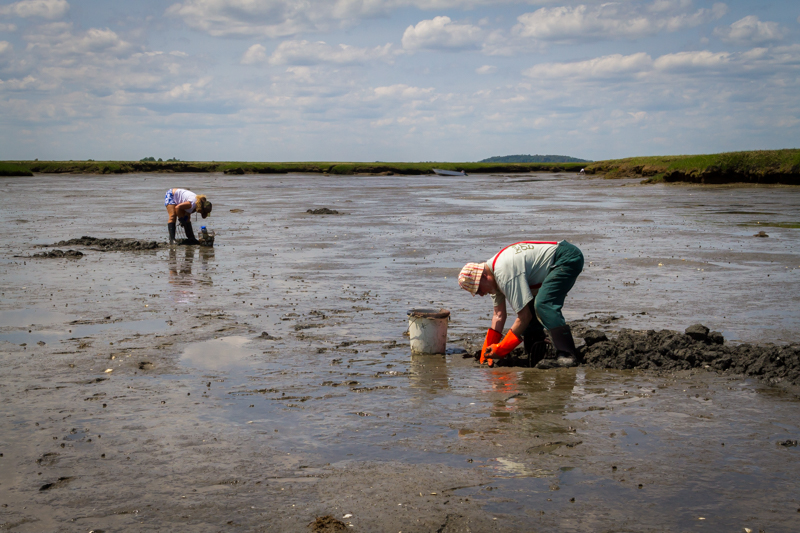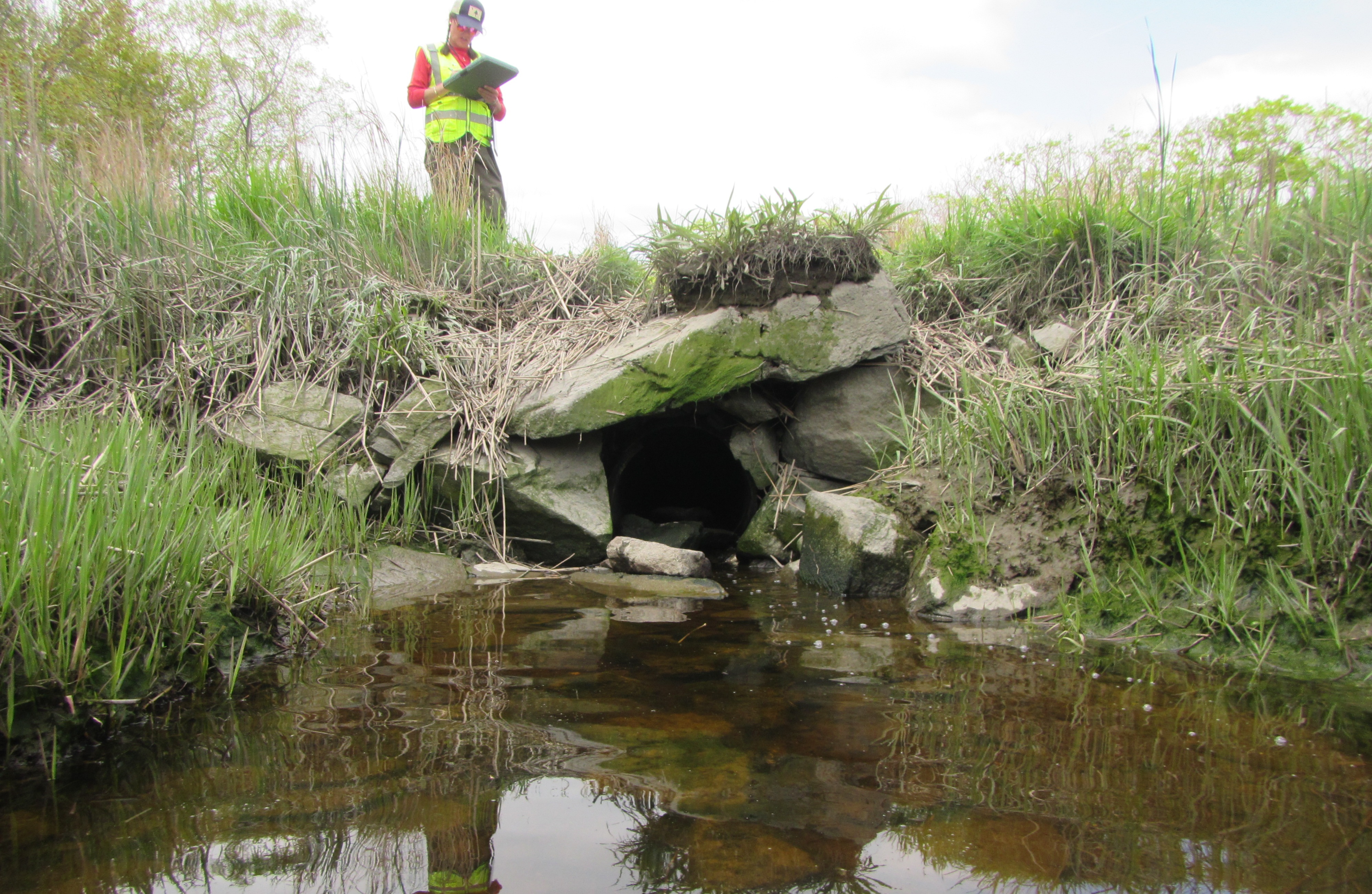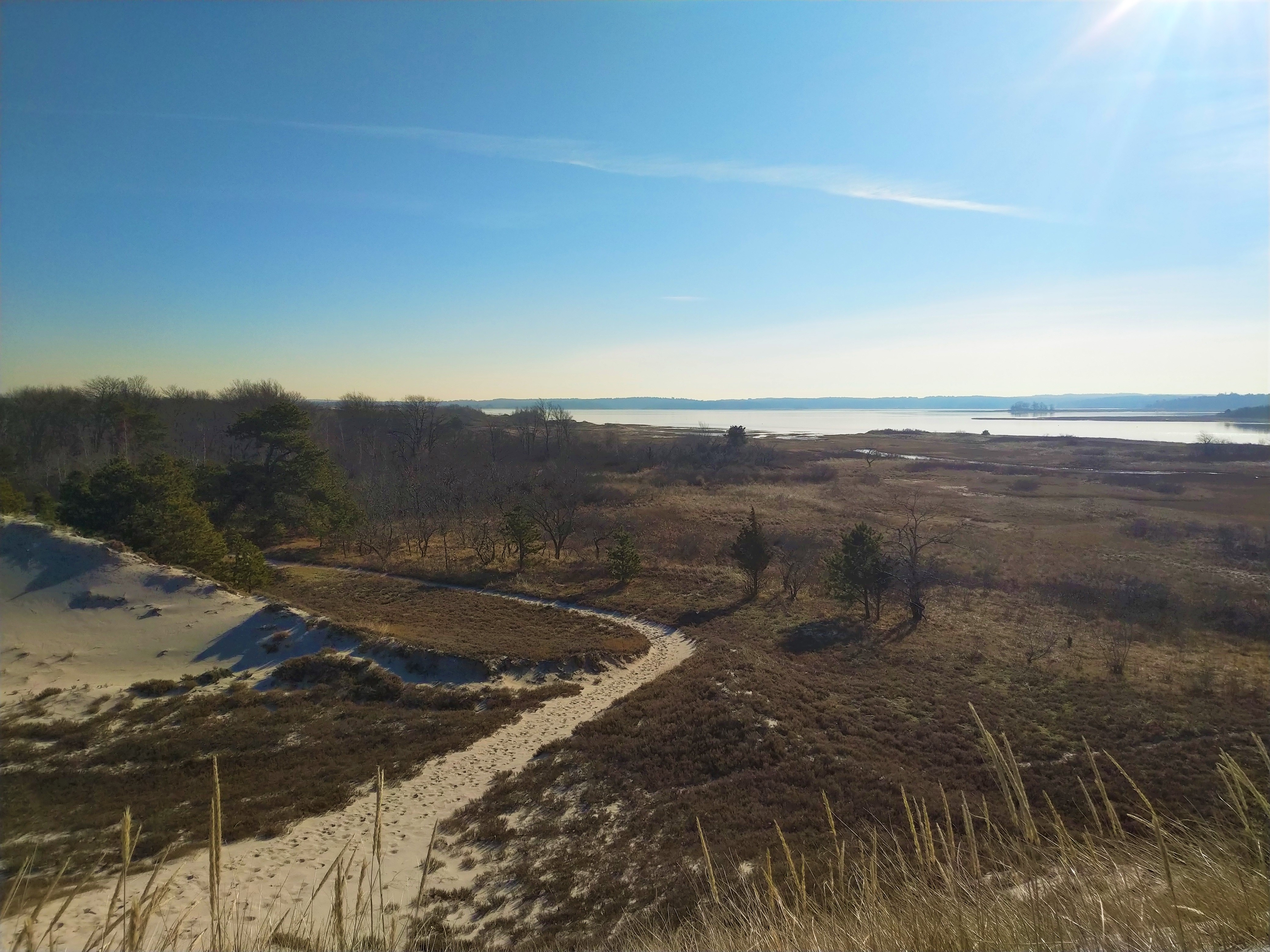In 2013, the Partnership released a list of 50 recommended actions to protect and restore the region’s resources over the long term. The 2019 strategic planning process identified four priority areas and associated actions for implementation plan development. Implementation plans increase the pace of on-the-ground restoration and resiliency efforts through partner collaborations and help inform short-term goals and efforts of the Steering Committee and Partners. You can review the 2025-2027 Implementation Plan and explore the priority actions in the plan below. (Note: the actions can be searched, filtered and sorted. Click on any action in the table to learn more details about the action including involved partners and related projects.
You may also download the PIE Rivers Action Plan 2019 Update, 2019 Action Plan Summary or original 2013 Restoration Priorities for the Parker, Ipswich and Essex River Watersheds documents.
Water Conservation

Water Quality Management

River & Stream Continuity

Related Actions:
In the table below is a list of 50 recommended actions outlined by the PIE-Rivers Steering Committee designed to protect and restore the region’s resources.

